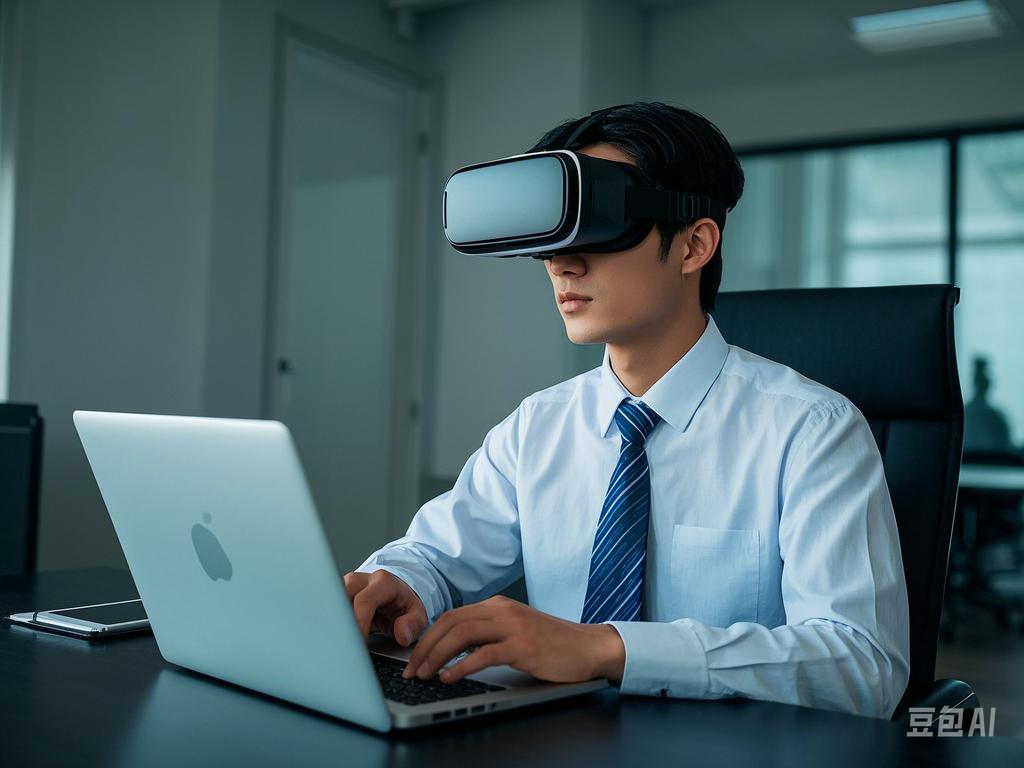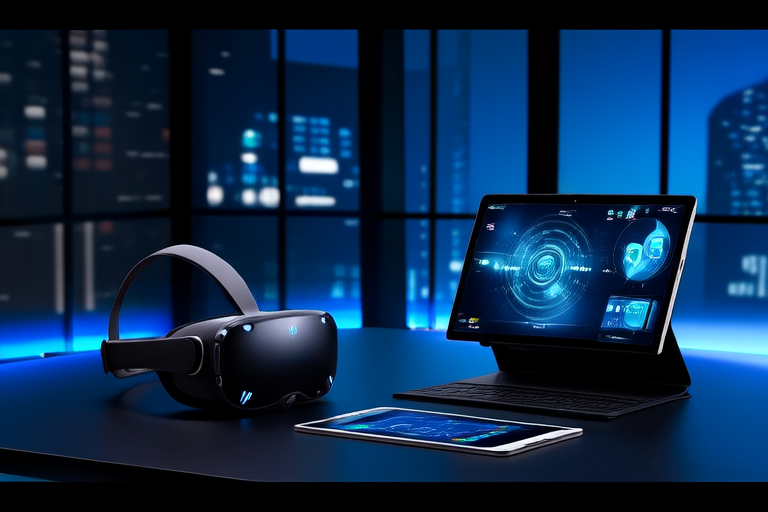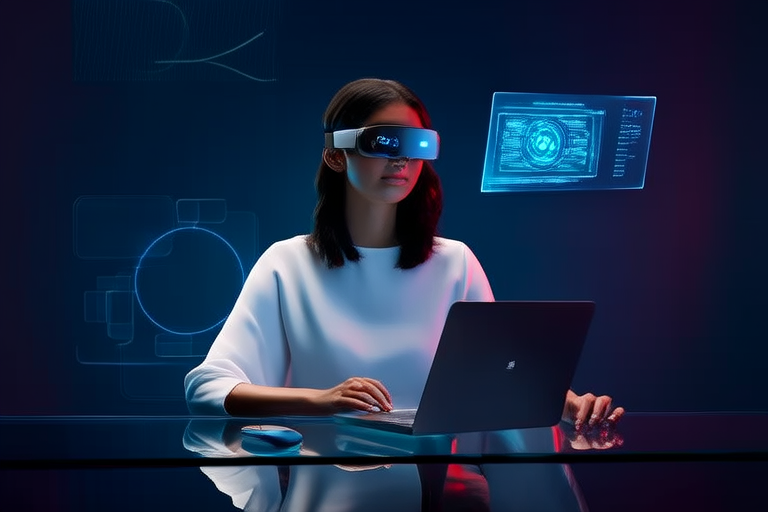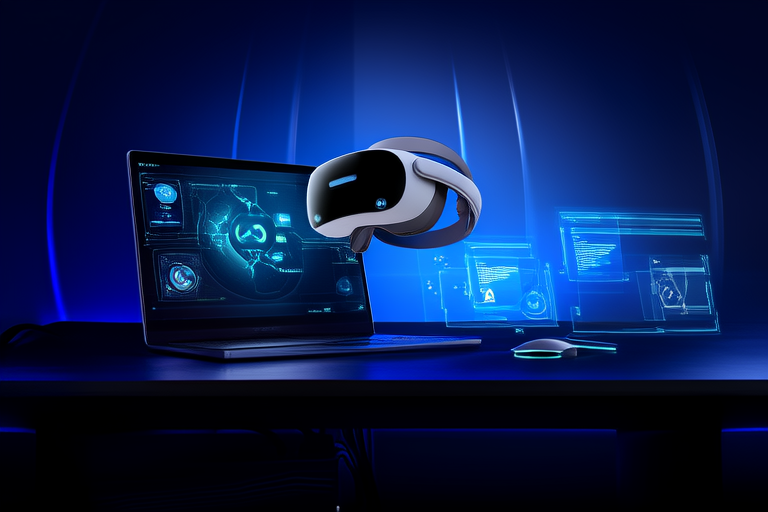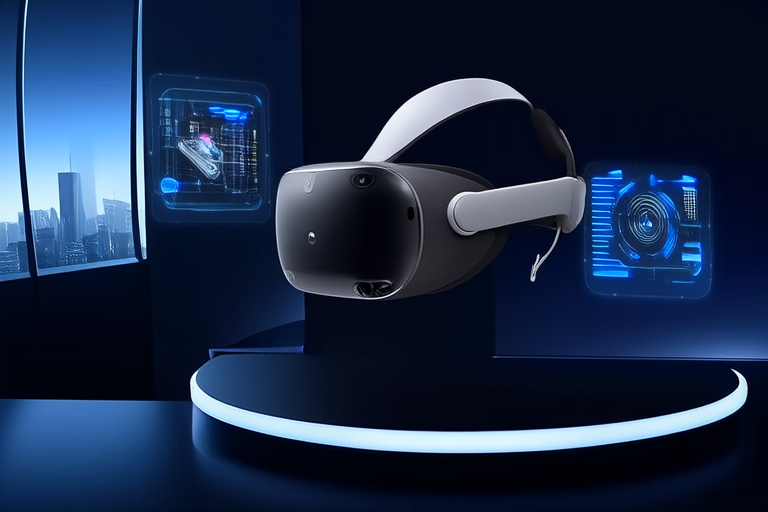Exploring the Boundaries: How VR and AR Are Reshaping Reality
In recent years, virtual reality (VR) and augmented reality (AR) have emerged as transformative technologies with the potential to redefine how we perceive and interact with the world. These immersive tools are no longer confined to science fiction or niche applications; they are now reshaping industries, enhancing human experiences, and challenging the boundaries of what we consider “reality.” By blending digital content with our physical environment or creating entirely new worlds, VR and AR are unlocking unprecedented opportunities across entertainment, education, healthcare, and work. However, while these technologies hold immense promise, they also face challenges that must be addressed to fully realize their potential.
The Evolution of Entertainment
One of the most visible impacts of VR and AR is in the realm of entertainment. Video games, movies, and live events are being reimagined through immersive experiences that place users at the center of the action. VR headsets like the Oculus Quest and PlayStation VR allow gamers to step into fantastical worlds, where they can interact with environments and characters in ways previously unimaginable. This level of immersion not only enhances engagement but also creates emotional connections that traditional media cannot replicate.
Meanwhile, AR is transforming how audiences experience live performances and sports. For instance, AR apps can overlay real-time statistics, player information, or alternate camera angles during a football game, enriching the viewing experience. Similarly, concerts and theater productions are experimenting with AR to provide additional layers of storytelling or visual effects that complement the live performance. These innovations are not just about novelty—they represent a fundamental shift in how creators design content and how audiences consume it.
Revolutionizing Education and Training
Beyond entertainment, VR and AR are revolutionizing education by making learning more interactive, engaging, and accessible. Imagine students exploring ancient Rome in a virtual classroom or dissecting a 3D model of the human body without needing a physical specimen. These scenarios are already becoming a reality thanks to VR and AR technologies. By simulating real-world environments and processes, educators can provide hands-on experiences that deepen understanding and retention.
Professional training programs are also benefiting from these advancements. For example, medical students can practice complex surgeries in a risk-free virtual environment before operating on actual patients. Similarly, industries such as aviation, manufacturing, and construction are using VR simulations to train workers in safety protocols and technical skills. AR, on the other hand, is proving invaluable for on-the-job guidance, allowing technicians to access step-by-step instructions overlaid on machinery or equipment. These applications not only improve efficiency but also reduce costs associated with traditional training methods.
Transforming Healthcare
The healthcare sector is another area where VR and AR are making significant strides. In diagnostics, AR tools enable doctors to visualize patient data in three dimensions, improving accuracy and aiding in treatment planning. Surgeons are using AR headsets to project critical information, such as vital signs or imaging scans, directly onto their field of view during procedures, minimizing distractions and enhancing precision.
VR is playing a crucial role in mental health therapy as well. Exposure therapy, a common treatment for conditions like PTSD and phobias, has been enhanced through VR by creating controlled, customizable environments where patients can confront their fears safely. Additionally, VR is being used to alleviate pain and anxiety in patients undergoing medical treatments, offering an alternative to medication-based interventions. These innovations highlight the potential of VR and AR to address some of the most pressing challenges in modern healthcare.
Redefining Workspaces
The workplace is undergoing a profound transformation as VR and AR technologies become more integrated into daily operations. Remote collaboration has taken on new dimensions with VR meeting platforms that simulate face-to-face interactions, complete with virtual avatars and shared workspaces. This approach fosters better communication and teamwork, especially for distributed teams working across different time zones.
AR is also streamlining workflows by providing employees with real-time information and contextual support. For instance, warehouse workers equipped with AR glasses can quickly locate items, reducing errors and speeding up order fulfillment. Architects and designers use AR to visualize building plans overlaid on physical spaces, enabling them to identify potential issues early in the design process. As hybrid and remote work models continue to gain traction, VR and AR will likely play an increasingly important role in shaping the future of work.
Current Limitations and Challenges
Despite their many advantages, VR and AR technologies still face several limitations that hinder widespread adoption. One major challenge is hardware accessibility. High-quality VR headsets remain expensive, limiting their availability to consumers and smaller businesses. Additionally, prolonged use of VR can cause discomfort, including motion sickness and eye strain, which detracts from the user experience.
On the software side, developing content for VR and AR requires specialized skills and resources, posing barriers for creators. Furthermore, concerns about privacy and data security arise when these technologies collect sensitive information about users’ behaviors and environments. Addressing these issues will be critical to ensuring that VR and AR evolve into inclusive, user-friendly solutions.
The Future of Immersive Technologies
Looking ahead, the future of VR and AR appears promising, with ongoing advancements poised to overcome current limitations. Advances in hardware, such as lighter and more affordable devices, will make these technologies accessible to broader audiences. Improved display resolutions and reduced latency will enhance visual fidelity and comfort, addressing some of the ergonomic concerns associated with extended use.
Artificial intelligence (AI) integration is expected to further elevate the capabilities of VR and AR. AI-driven algorithms could personalize experiences based on individual preferences, creating highly tailored environments for users. Moreover, the convergence of VR, AR, and the Internet of Things (IoT) may lead to smart ecosystems where digital and physical realities seamlessly coexist, opening up possibilities we have yet to imagine.
As society continues to embrace these technologies, ethical considerations will become increasingly important. Policymakers, developers, and users must collaborate to establish guidelines that protect privacy, promote inclusivity, and ensure equitable access to the benefits of VR and AR. Only then can we fully harness their potential to reshape reality in meaningful ways.
Conclusion
Virtual reality and augmented reality are no longer futuristic concepts—they are here, reshaping our world in profound and exciting ways. From revolutionizing entertainment and education to transforming healthcare and work, these technologies are pushing the boundaries of human experience. While challenges remain, the rapid pace of innovation suggests that VR and AR will continue to evolve, offering even more immersive and impactful solutions in the years to come. As we stand on the cusp of this technological revolution, one thing is clear: the line between the digital and the real is blurring, and the possibilities are limitless.
